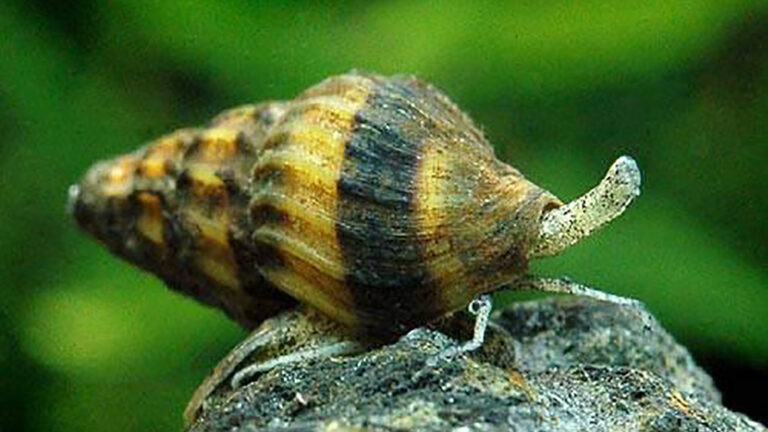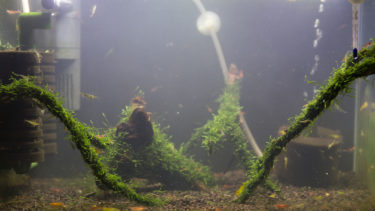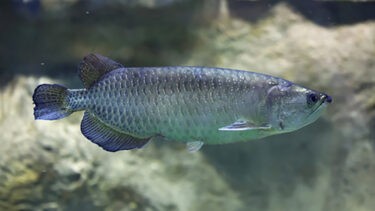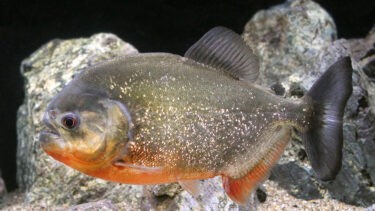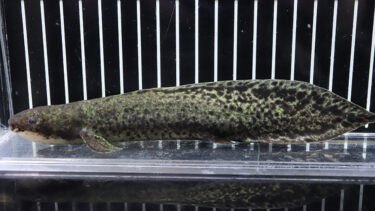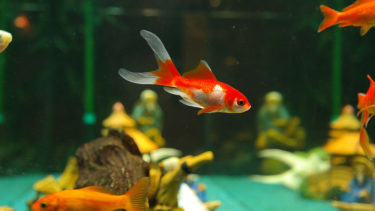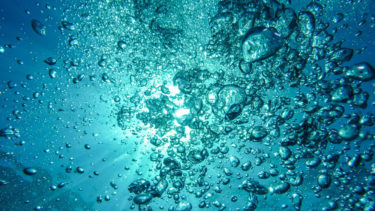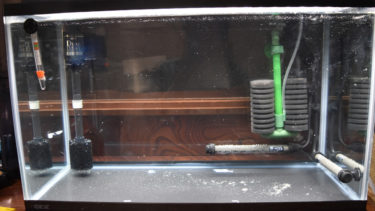Snails is a term that is often used to describe small mussels that become mixed in with the aquarium and multiply to a large extent. The increase in snails can deteriorate water quality. In this article, I would like to explain in detail the characteristics of snails and how to deal with them.
What is Snell?
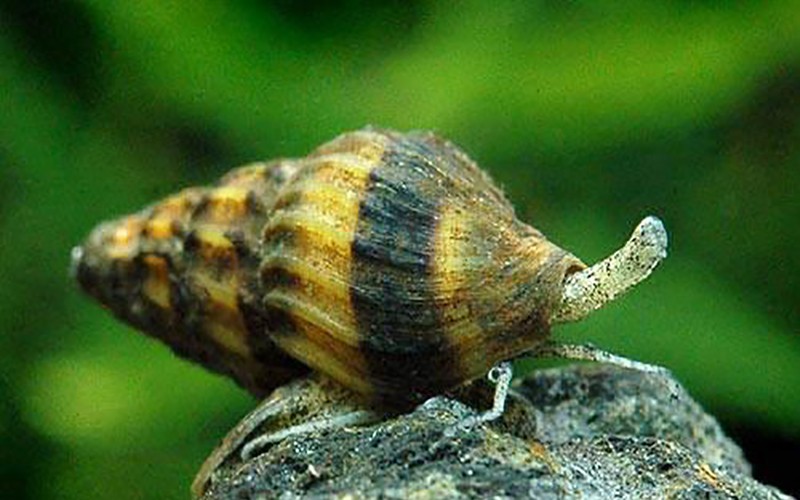
Snail comes from the English word "snail," which means a reeling shell. In aquariums, snail is sometimes used as a generic term for snails, but it is generally used to refer to small snails that are often mixed into aquariums and multiply.Three types of snails are referred to as snails: monoala mussels, sakamaki mussels, and kawakozara mussels. The characteristics of each are described in the following sections.
Water quality may deteriorate in the keeping of goldfish and other living creatures. By noticing such changes in water quality as soon as possible, it is possible to prevent the risk of disease and other problems before they occur. When checking for changes in water quality, it is important to check the color of the water [...]
The northern barramundi is a tropical fish of the family Arowanidae (arowanas), genus Scleropagus, native to Papua New Guinea and northern Australia. [...].
The Piranha Nattery is a tropical fish of the family Carassinae and genus Pygocentrus of the order Carassinae, native to the Amazon River and Orinoco River in South America. In this article, we will introduce you to the Piranha Nattery [...].
Neoceratodus is a tropical fish belonging to the family Neoceratodidae of the order Ceratodus and native to the Mary River and Burnett River in Australia. In this article, we will introduce you to the Neoceratodus [...].
Japanese big-ear radix (pond snail, Radix auricularia japonica)

Monoala mussels are commonly found in freshwater areas throughout Japan. The life span of the monoala mussel is only about one year, but it is fertile because it can reproduce only about two months after birth.The shell length of the monoala mussel is about 2 to 3 cm. The shell of the monoala mussel is thin and a lid does not exist. They are also characterized by a large shell opening. The breeding season in nature is from June to October when the water temperature is relatively high. However, for those living in aquariums, the water temperature is often kept somewhat constant, so they often breed year-round regardless of the season.
Soletellina diphos (species of clam)
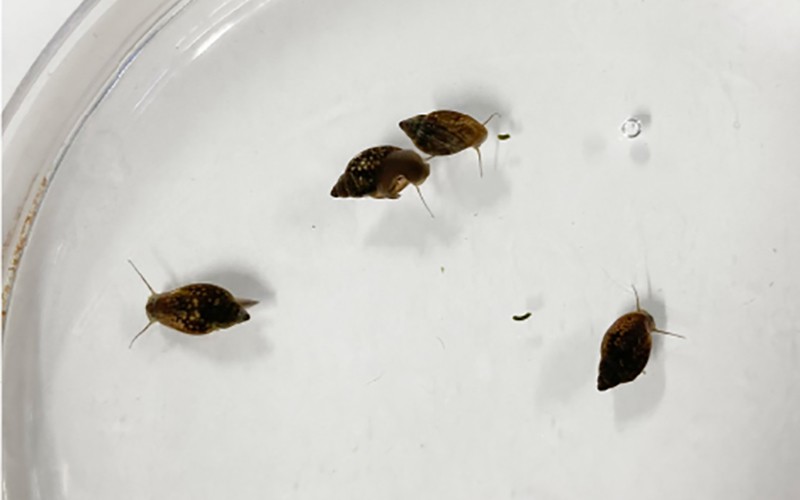
Sakamaki mussels are commonly found in freshwater areas throughout Japan. They tend to prefer freshwater areas with poor water quality, especially in urban areas. Sacama mussels are originally from Europe.The shell length of the monoala mussel is about 1 cm. The shell of the Sakamaki mussel is thin, translucent, and visually similar to that of the monoala mussel. It differs from the monoala mussel in that it is smaller, has a left-handed shell, and has no antennae on its body. The Sakamaki mussel has a very strong reproductive capacity, and once it enters the aquarium, it can grow in large numbers and become unmanageable.
golden mussel (Limnoperna fortunei)
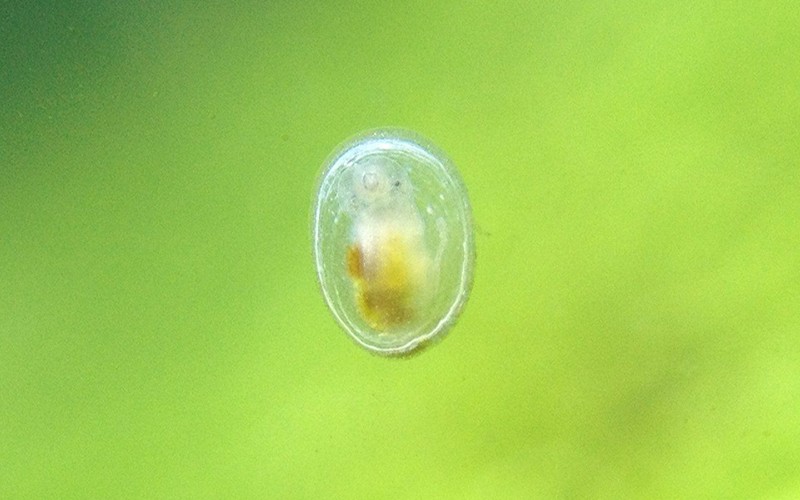
The Japanese cockle is a species commonly found in freshwater areas throughout Japan. The shell length of the cockle is about 2 to 3 mm. Compared to the other two species, the mussel is a very small species.The shell of the Sakamaki mussel is translucent. Sacamaki mussels are very small and extremely difficult to see. Therefore, it is difficult to notice them even if they are attached to aquatic plants in the aquarium, and care must be taken because they can proliferate explosively if the water quality is alkaline and hard.
Need for snail mail
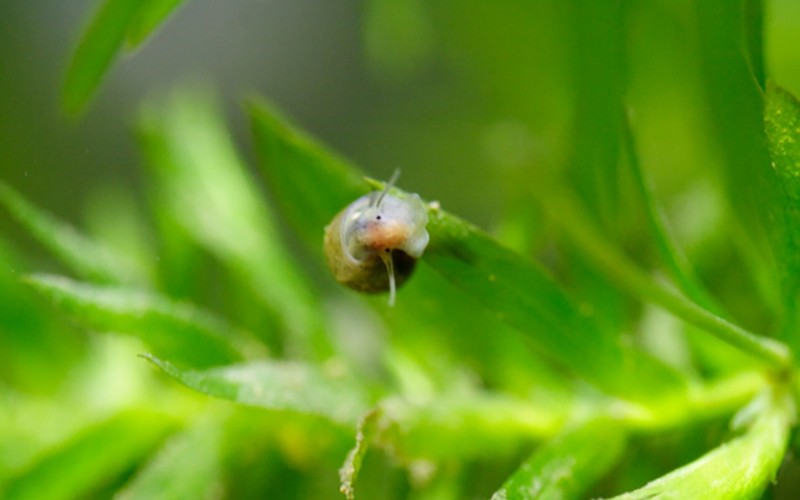
When snails begin to multiply in an aquarium, the first thing to consider is whether they are harmless or not. In making this judgment, the number of snails is important. If the number of snares is small, they will eat the leftovers of killifish (goldfish), excrement, dead leaves of aquatic plants, algae, and so on. By doing so, they serve as cleaners and decomposers in the aquarium. If they fulfill this role well, they can prevent a rapid deterioration of water quality or help to improve water quality when the aquarium is first started up. However, if the number of snails is too large, it can cause water quality to deteriorate. If the number of snails increases too much, the amount of food they eat increases, which in turn increases their excretion, leading to deterioration of water quality. In addition, if the number of snails increases and there is nothing left to eat in the aquarium, they will die in large numbers, causing water quality to deteriorate. If there are aquatic plants in the tank, they will start to eat them, which will also cause the landscape to become unbalanced. Thus, it is necessary to pay attention to the effects of having too many or too few snails.
Snell Measures
manual labour
The easiest and least prepared way to deal with snails is to exterminate them steadily by hand, one by one. However, exterminating snails one by one by hand is a steady and very persistent process.It is also less efficient because you may miss snails that are hidden behind leaves and other surfaces. Therefore, this method is recommended in the early stages when the number of snails is small before breeding, but if the number increases, please consider other methods.
chemicals
The most reliable way to control snails is to use chemicals. You can get rid of snails by simply purchasing a special chemical sold at specialty stores and dissolving it in water.Some chemicals are harmless to kill killifish and shrimp, so this is an efficient method of extermination. However, it should be noted that it can be time-consuming to dispose of dead individuals after using chemicals.
reset
If the above two methods have not been able to control them, or if the number is too large to handle, we recommend resetting the aquarium as a last resort. Thoroughly wash all equipment used in the aquarium with tap water. Then, dry it completely in the sun. This process will allow you to get the aquarium back up and running.This method takes time and effort, including washing and drying, so we recommend doing it when you have some time. This method is also very effective when a disease has spread. However, a word of caution: if not thoroughly washed and dried in the sun, they may multiply again.

